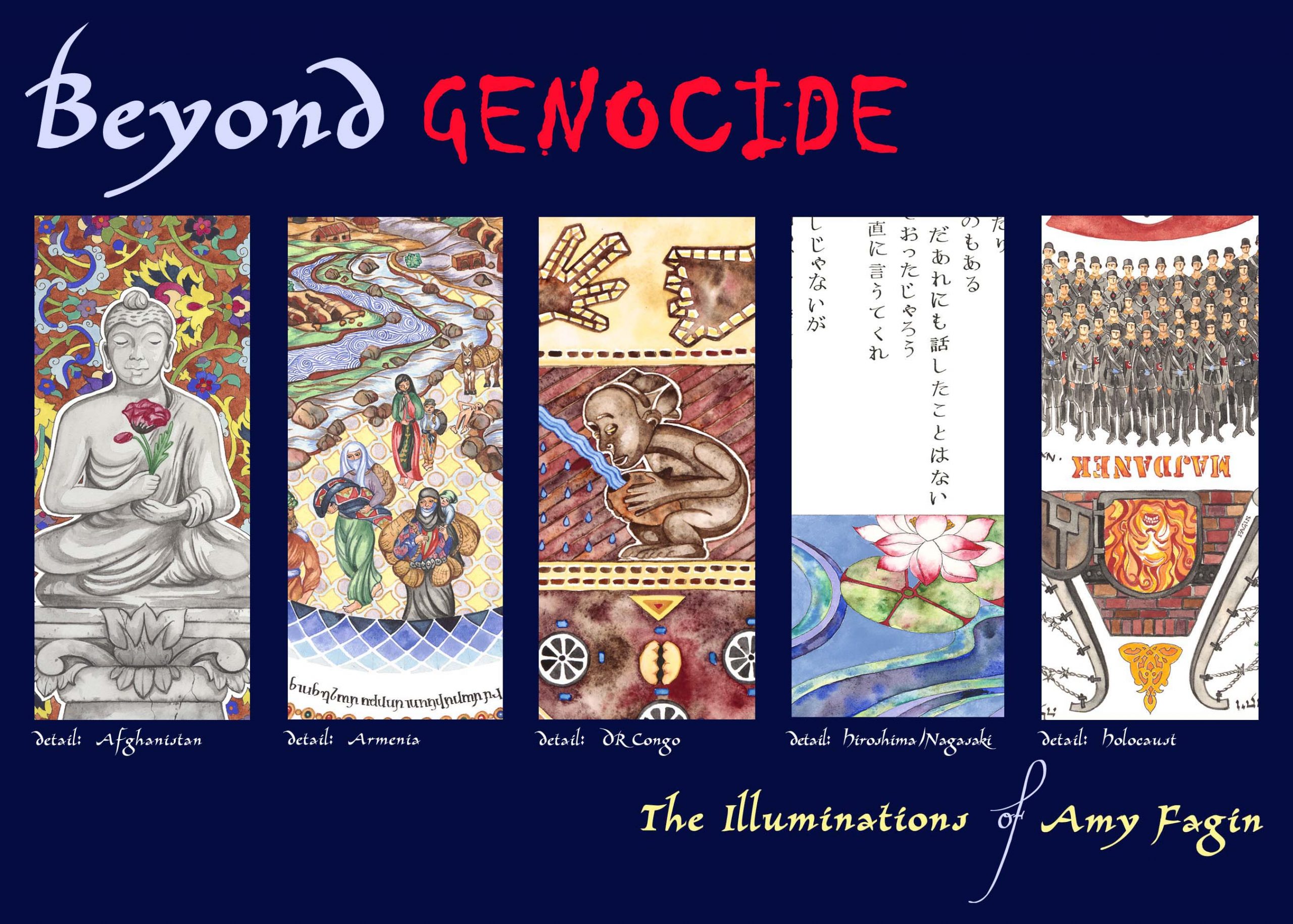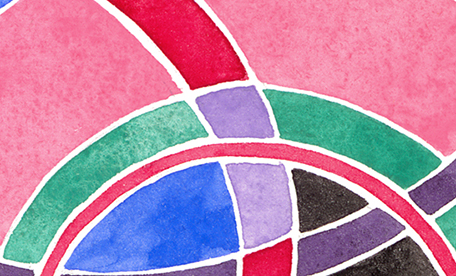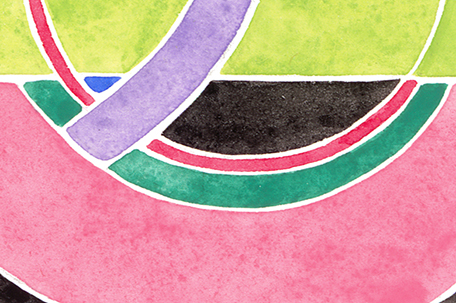On visual Art
Visual art and memory are integrally linked. When information comes into our memory system from sensory input it needs to be encoded so that we can store and retrieve information. The “image” is one of three forms of encoding that enable the mind to store and process information. (Acoustic or sound, and semantic or meaning are the other two encoding forms we use to create, store and retrieve a memory.) What can we learn about the creative process of visual art in reckoning an “artist’s truth” and memory construct of a massive atrocity? What is the “language of images” and how do we interpret acculturated “constructions” in works of art as a curated truth and memory of collective violence? How does the aesthetic experience with a visual art object broaden predetermined ideas into a deeper understanding and help engage the viewer into new and diverse ways of thinking? This section will introduce introductory works on viewing and exploring visual art as an augmentation of sensibility which embraces the tensions between reality and imagination, truth and memory
Art Seeking Understanding: This dynamic Public Broadcasting series hosted by Robert Lawrence Kuhn asks and investigates the juncture of understanding arising from human consciousness and art expression / experience. How can art provide insight into consciousness, meaning, and realities beyond the physical? The aesthetic and cognition, philosophy, neuroscience, religion and culture are debated with “the world’s greatest thinkers” to see how the discoveries of art and creation enhance our understanding.
Suffering, Art and Aesthetics: This edited volume introduces contemporary, critical theory on how “forms and experiences of social suffering are expressed within cultural grammars of vision, affect and the everyday.” The essays examine the ethical and political debates on the how-to’s of artistic representation of the subjective experience of industrialized murder and destruction as a form creative visual expression that is intelligible to the ordinary person.
Terror and the Sublime in Art and Critical Theory: This volume represents some of the pioneering critical thinking on the museumification of traumatic events. Essays reach for new acts of thinking and new forms and models of radical collaboration. “The eleven interconnected essays of this book penetrate the dense historical knots binding terror, power and the aesthetic sublime…”
Genocide and the Arts: Creativity, Morality and the Representation of Traumatic Experience: Chapter One in the volume Mass Media and the Genocide of the Armenians Adam Muller introduces the concept of representational images shaping social reality, and our interpretation of social and moral norms and their limits.
Empathic Vision: Affect, Trauma and Contemporary Art: “This book analyzes contemporary visual art produced in the context of conflict and trauma from a range of countries, including Colombia, Northern ireland, South Africa and Australia. It focuses on what makes visual language unique, arguing that the “affective” quality of art contributes to a new understanding of the experience of trauma and loss.”
Trauma, Visuality and Modernity: This groundbreaking collection is among the first in the field of art history to explore the relationship between the traumatic and the visual field from the origins of modernity to the present. Essays pursue the craft of representation as an encounter between event and image, history and the visual form as a structure that is as central as it is elusive.
Art and Agency: An Anthropological Theory: This unique theoretical work by Alfred Gell endorses an anthropological theory of visual art as a form of instrumental action; that the making of things is inherently a means of influencing the thoughts and actions of others. Art objects are explained as a form of knowledge, and the interpretation of meaning is considered as a mediation of social agency. Drawing upon an array of artistic traditions Gell transcends traditional anthropological and aesthetic theories of art.
Evoking Genocide: This edited volume by noted genocide scholar Adam Jones is a compendium of short essays by “leading scholars and activists in the field of genocide studies. The authors pay eloquent tribute to the works of art and media that influenced their engagement with genocide and crimes against humanity.
The Art of Memory after Genocide: Re-imagining the Images of the Places of Pain and (Be)longing: From the book Doing Memory Research this chapter discusses “the role of the artistic, imaginative, and creative in the documentary, ethnographic, and scholarly – and visa versa – and how the fusion of the different disciplinary approaches can inform and enrich research methods in memory studies.”




